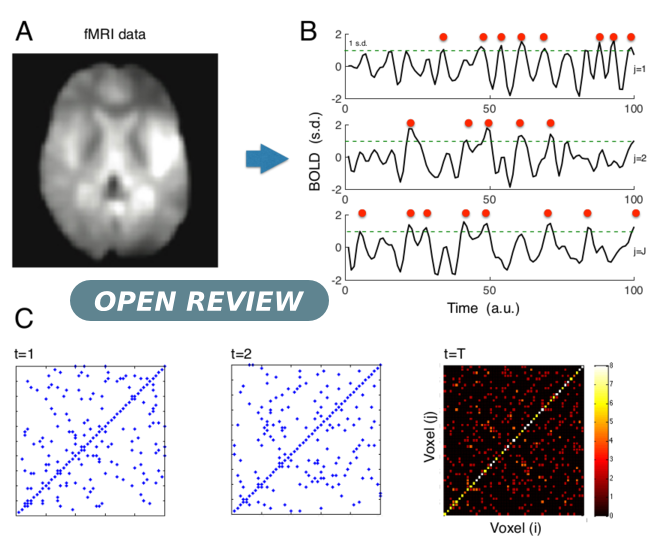Further results on why a point process is effective for estimating correlation between brain regions
DOI:
https://doi.org/10.4279/pip.120003Keywords:
time series, point processes, functional connectivity, resting states, dynamicsAbstract
Signals from brain functional magnetic resonance imaging (fMRI) can be efficiently represented by a sparse spatiotemporal point process, according to a recently introduced heuristic signal processing scheme. This approach has already been validated for relevant conditions, demonstrating that it preserves and compresses a surprisingly large fraction of the signal information. Here we investigated the conditions necessary for such an approach to succeed, as well as the underlying reasons, using real fMRI data and a simulated dataset. The results show that the key lies in the temporal correlation properties of the time series under consideration. It was found that signals with slowly decaying autocorrelations are particularly suitable for this type of compression, where inflection points contain most of the information.

Downloads
Published
How to Cite
Issue
Section
License
Authors agree to the PIP Copyleft Notice













